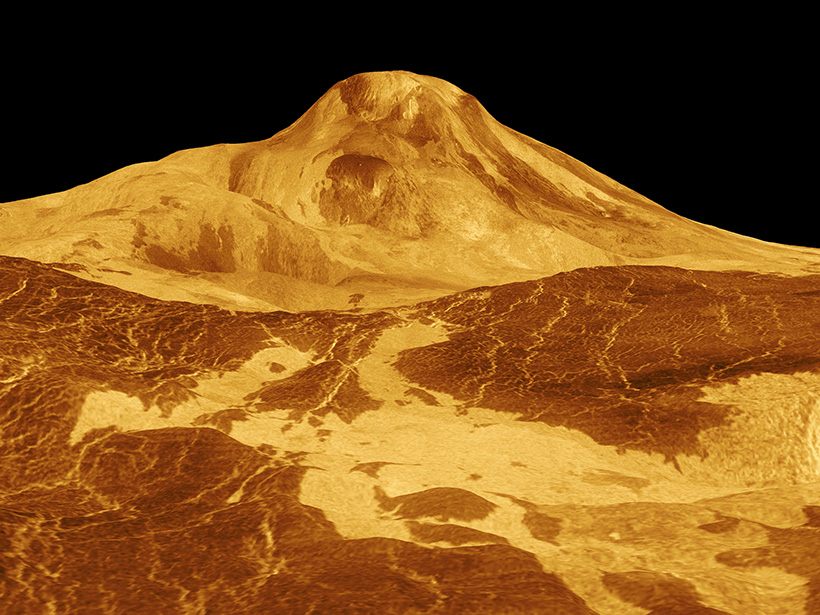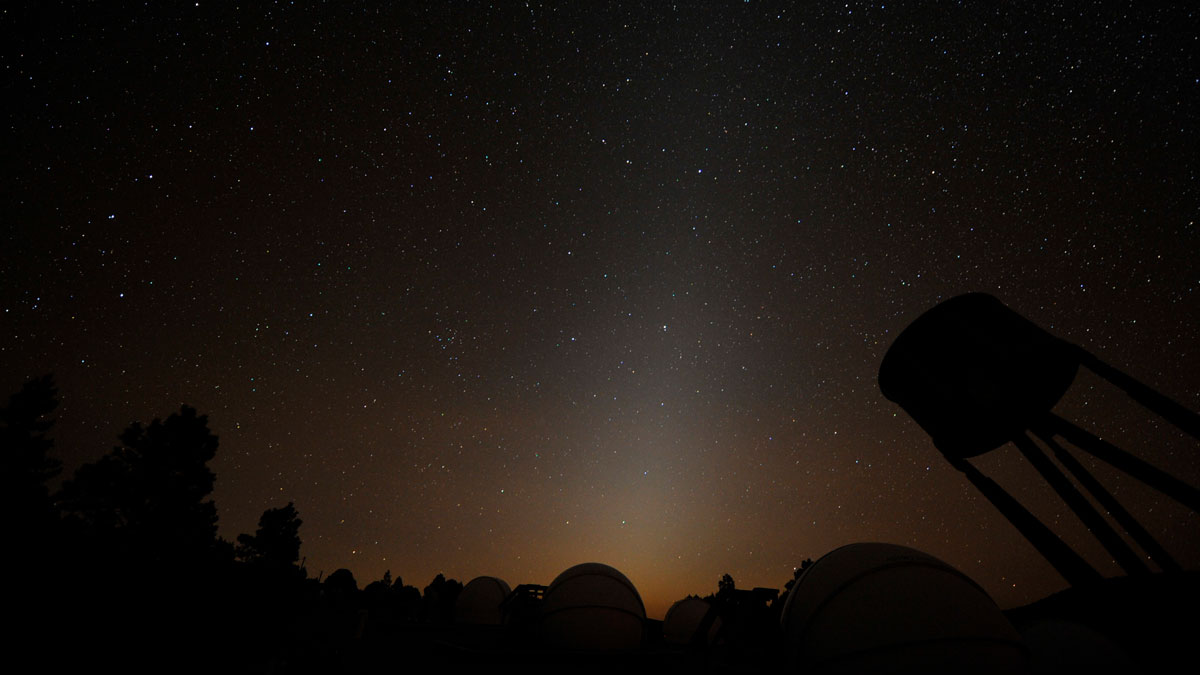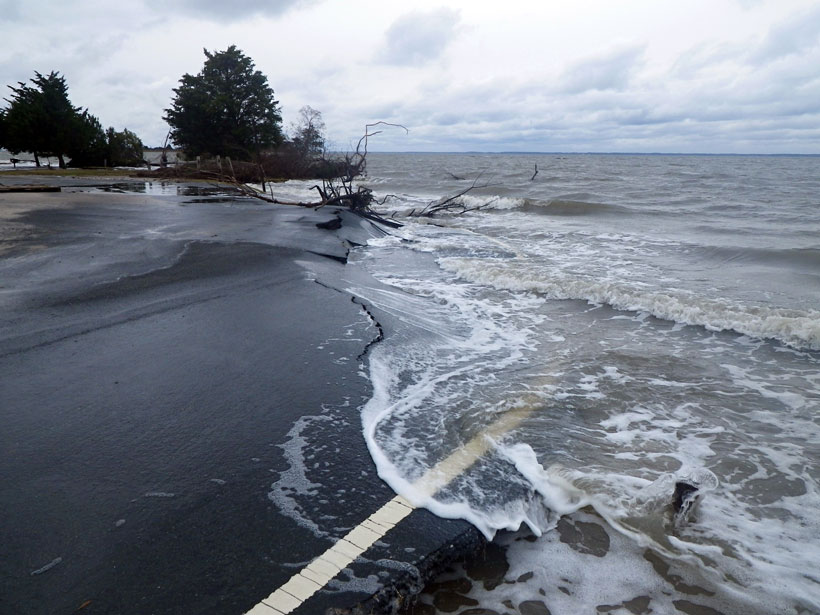New experiments at an old oil spill site in Minnesota suggest that nonbiological processes alone may not account for decreased magnetization.
Sarah Stanley
Sarah Stanley, a freelance writer for Eos, has a background in environmental microbiology but covers a wide range of science stories for a variety of audiences. She has also written for PLOS, the University of Washington, Kaiser Permanente, Stanford Medicine, Gladstone Institutes, and Cancer Commons, a nonprofit that works with cancer patients.
Earthquake Modelers Unite to Compare and Improve Code
International community–driven efforts lend confidence to fault-slip simulations while highlighting key discrepancies.
Road Salts Linked to High Sodium Levels in Tap Water
Use of deicing agents may sometimes raise sodium levels in drinking water beyond healthy limits for people on salt-restricted diets.
Probing the Mysteries of Deep, Dense Antarctic Seawater
Twelve freely drifting Deep Argo floats reveal year-round dynamics of bottom water flow in the Australian-Antarctic Basin.
¿Es Venus volcánicamente activo? Nuevo enfoque podría proporcionar una respuesta
Una estrategia que combina la cartografía geológica con datos sobre cómo la superficie del planeta emite y absorbe la radiación de microondas podría potencialmente identificar flujos de lava recientes.
Rising Trend Predicted for Conditions Linked to Severe Storms
Climate modeling predicts that conditions conducive to severe thunderstorms will arise more often as Earth warms.
Capturing How Fast the Arctic Ocean Is Gaining Fresh Water
A new analysis suggests that models do not accurately capture how fresh Arctic surface waters mix with deeper waters, contributing to underestimation of Arctic surface freshening.
Cosmic Dust May Be Key Source of Phosphorus for Life on Earth
When tiny particles enter Earth’s atmosphere, a newly described series of chemical reactions may lead to production of phosphorus-containing molecules that are essential for biological processes.
A Step Toward Making GPS More Resilient to Space Weather
Researchers have developed a new mathematical model to more accurately capture how irregularities in Earth’s atmosphere interrupt signals from Global Navigation Satellite Systems.










